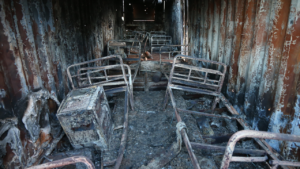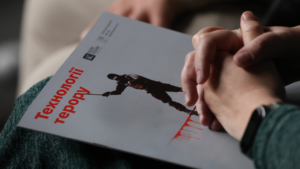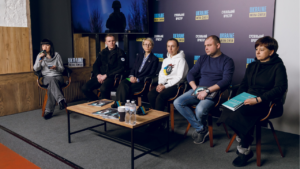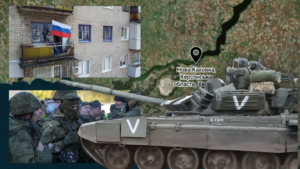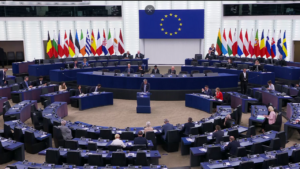Human rights activists recreated step by step the chain of Russia’s crimes in northern Ukraine
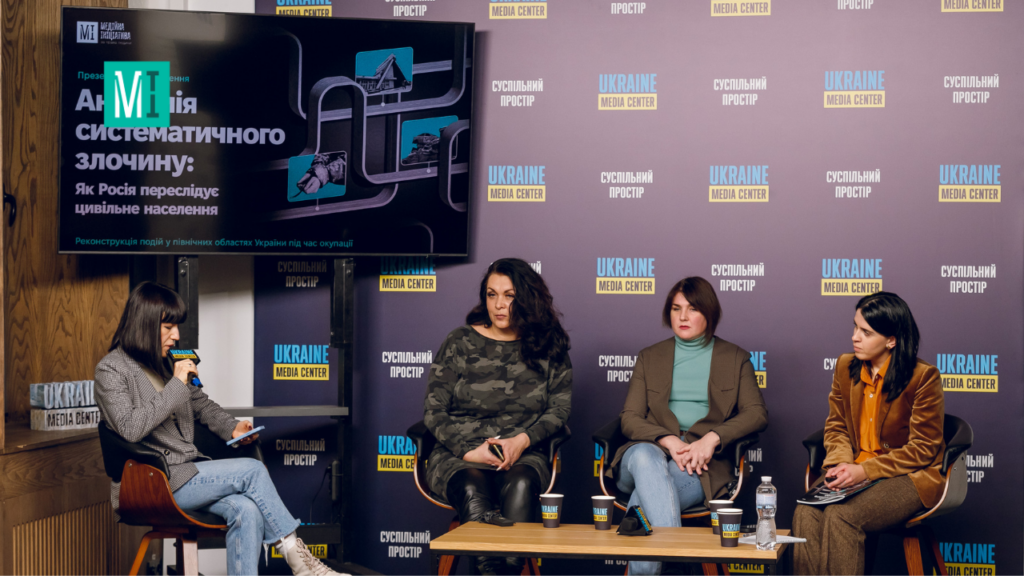
The Media Initiative for Human Rights has presented a new extensive study that reconstructs the crimes of Russians against civilians during the occupation of the northern regions of Ukraine. The study proves that the persecution of civilians is not an isolated case of cruelty by Russian soldiers but a systematic, consistent, and purposeful policy of the military and political leadership of the Russian Federation.
The report not only describes war crimes committed by the Russian army against civilians in Kyiv, Chernihiv, and Sumy regions but also systematizes information about the routes of their deportation and places of detention and identifies those involved in these crimes.
— “In this report, we have collated all the facts we have, trying to trace the logic of the detentions and their purpose. This investigation systematizes the information that can be used to bring the perpetrators to justice,” said Lyubov Smachylo, Head of the MIHR`s Analytical Department.
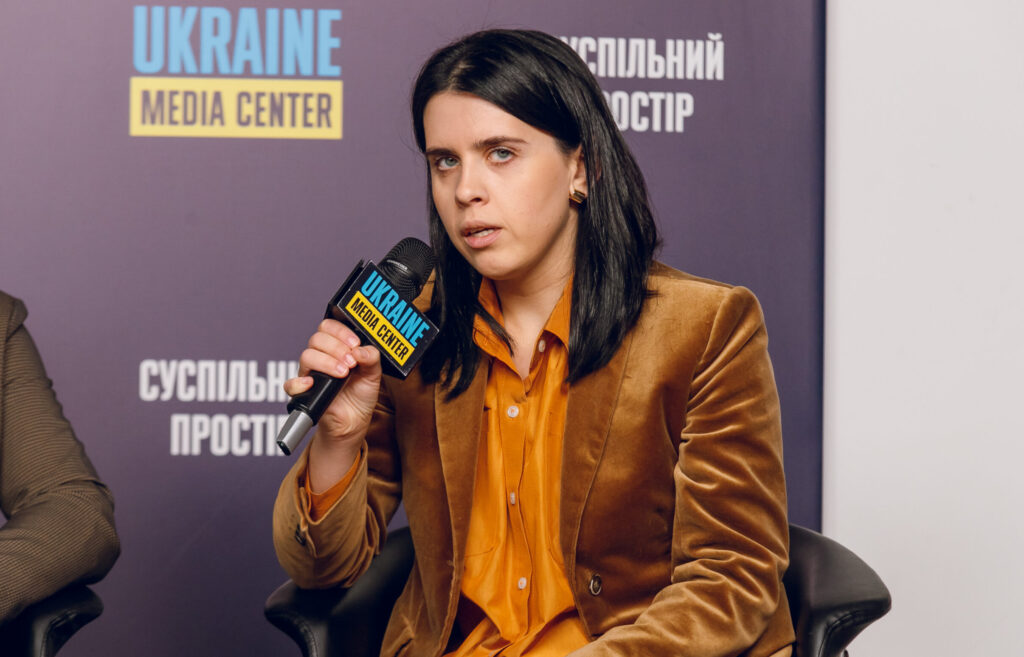
Lyubov Smachylo says the study is based on 143 in-depth interviews. Photo: Media Center Ukraine
The study is based on 143 in-depth interviews with victims, witnesses, and Ukrainian military personnel released from captivity. It also analyzed court cases on war crimes and the geography of places of illegal detention of Ukrainians. While working on the report, the MIHR used the I-DOC database, which helped to identify recurring patterns of actions of Russian forces in the occupied territories of Kyiv, Sumy, and Chernihiv regions. These include the reasons for detention during filtration activities, places and conditions of detention, torture to extract confessions of cooperation with the AFU, accumulation of detained civilians in parental detention facilities in the occupied territories of Ukraine, and their subsequent transfer to Russia to places of detention.
— “That’s exactly what happened to my husband,” said Yulia Baisch, who was present at the presentation of the report, whose husband and a neighbor were detained by Russians in Bucha, kept in a two-meter-deep pit in the middle of the forest for several days, and later transported to the territory of the Antonov airport in Gostomel. Five days after the abduction, Yulia’s husband died under unknown circumstances. The neighbor was taken to the territory of the Bryansk region, where he was held for a year.
According to Anna Rassamakhina, one of the authors of the report, Russia has not yet initiated any criminal cases against civilians from the northern regions of Ukraine whose deportation is known to the MIHR. She also does not confirm the detention of Ukrainian civilians.
— “These repetitive actions form a continuous chain of crimes that demonstrates the consistency and coordination of actions of various Russian structures. We see how a crime that began, for example, in Bucha or somewhere in the Chernihiv region, was continued by other Russian structures already on the territory of Belarus or Russia: the army, the Federal Security Service, the Federal Penitentiary Service, and so on. All of this together constitutes persecution of civilians, which is a crime against humanity and should be investigated in this way,” Rassamakhina emphasized.
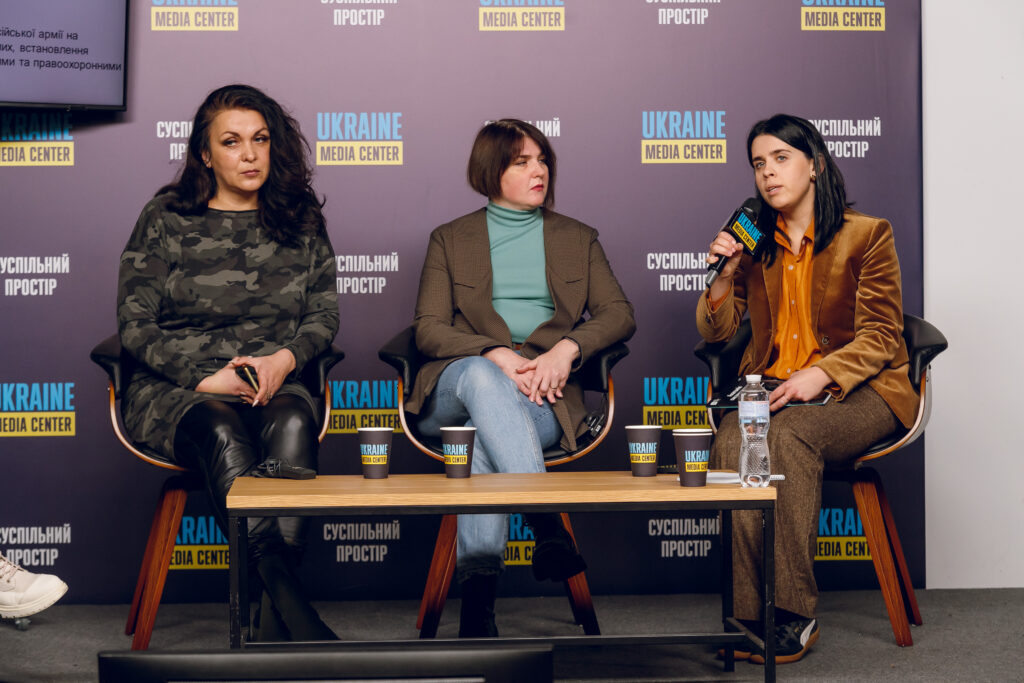
Witness Yuliia Baish, along with Hanna Rassamakhina and Liubov Smachylo of MIHR (from left). Photo: Media Center Ukraine
The I-DOC database, used by the MIHR to cluster, analyze data, and identify common trends, is based on the International Criminal Court taxonomy and has been used to document and analyze crimes in many other armed conflicts. Therefore, the cases created with its help can be useful for proving crimes against humanity, said Lene Vatteland, Head of Documentation and Accountability Hub at the Norwegian Helsinki Committee:
— “I-DOC is used to collect and analyze data, identify trends, identify perpetrators, and investigate the methods used by Russian troops. But while we are waiting for legal procedures and justice, which usually take a long time, it is crucial to disseminate the information collected about Russian crimes. I am convinced this will have as good a result as it has had in cases of using I-DOC in other conflicts worldwide.”
You can read the analytics at this link.
Anastasia Loza, Communications Manager, MIPL


